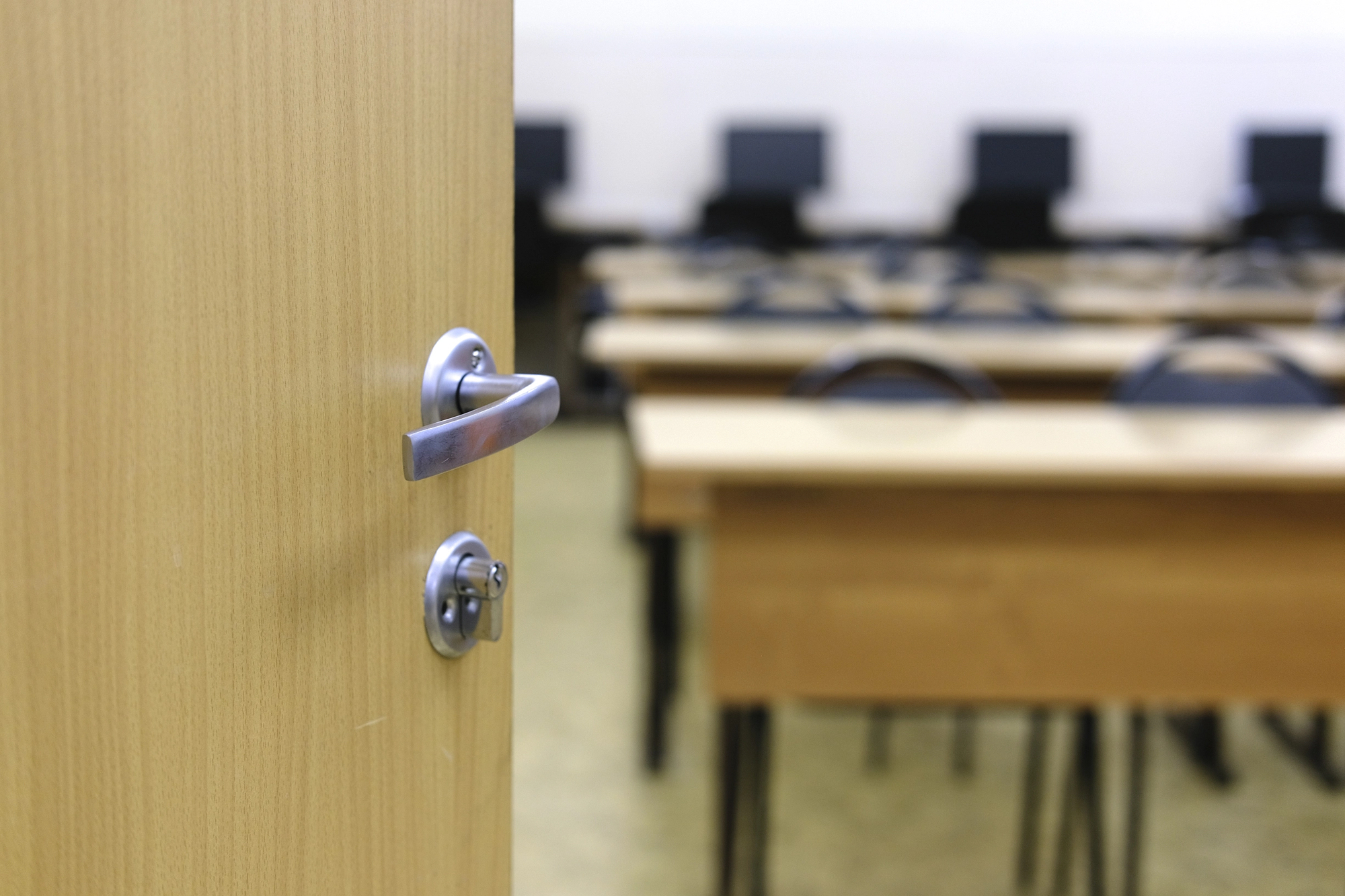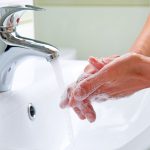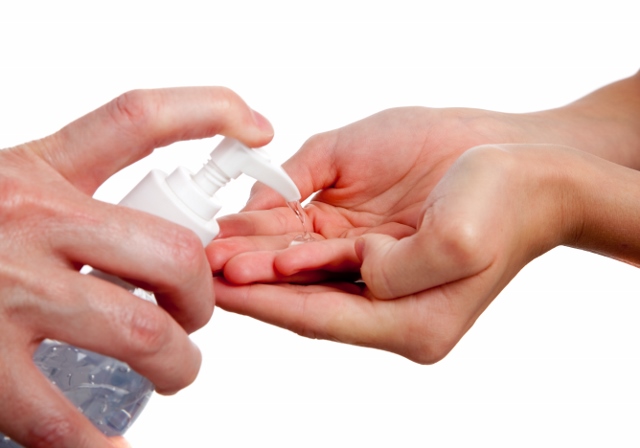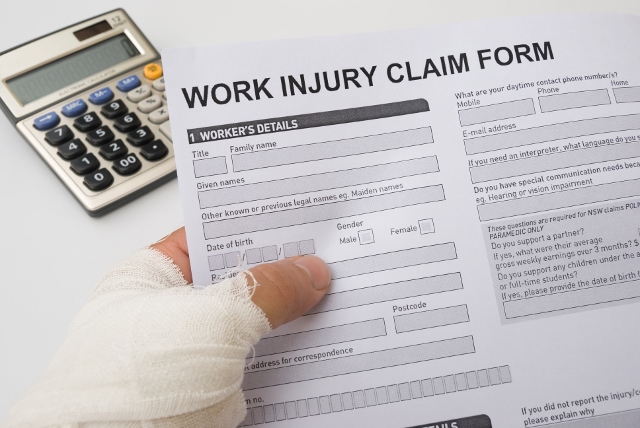
Practicing Lockdown Drills in Schools
On the 3rd February 2025 a pupil was stabbed by another pupil aged 15 at a school in Sheffield and died. This came on the same day a court convicted another pupil aged 14 of attempted murder of 2 staff and a pupil at a school in Wales last year.
Both these incidents along with other incidents would put the school into a lockdown situation.
The DFE have for many years issued advice to schools on managing security in their settings. DFE guidance for schools and colleges on managing security including Lockdown.
Many schools have developed Lockdown procedures that are a sensible and proportionate response to any external or internal incident which has the potential to pose a threat to the safety of staff and pupils in the school. The procedures aim to minimise disruption to the learning environment whilst ensuring the safety of all pupils and staff. Lockdown procedures may be activated in response to any number of situations, but some of the more typical might be:
- A reported incident / civil disturbance in the local community (with the potential to pose a risk to staff and pupils in the school).
- An intruder on the school site (with the potential to pose a risk to staff and pupils).
- A pupil with a weapon threatening staff/ pupils.
- A warning being received regarding a risk locally, of air pollution (smoke plume, gas cloud etc.).
- A major fire in the vicinity of the school.
- The close proximity of a dangerous dog roaming loose.
The school’s level of response will depend on the situation and based on the information presented at the time of the incident and usually have a “partial” or “full lockdown” response.
The DFE guidance recommends that schools practice responses to security incidents including Lockdowns regularly. The DFE have also produced guidance to help settings review and develop plans to respond to terrorism and other major incidents.
Following the Manchester bombings, The Terrorism (Protection of Premises) Bill, commonly known as Martyn’s Law, aims to ensure that public premises are prepared for and protected from terrorist attacks. The legislation would make it a legal requirement for certain venues to assess their terrorism risk and have measures in place to respond to those threats.
While the law applies to certain publicly accessible venues, schools are treated differently under the Bill due to their unique environments. Schools already have safety and safeguarding policies in place, such as lockdown and evacuation procedures that schools have developed following DFE guidance.
Whilst incidents in schools are still relatively rare schools should have plans and test them with staff.
The first step – Practicing Lockdown with staff
To practice the lockdown with school staff first. You may only have a “draft procedure” and that is fine – it is good to be open and honest with staff about it being a draft plan to practice and identify any issues.
Ideally take an inset day when you can get the majority of staff together and talk through with them the lockdown procedure.
Be prepared to have a range of scenarios thrown into the mix for example what to do if a drone carrying a device is dropped into school?
Remember schools are not expected to have a plan for every eventuality but the plans are a good starting position to respond to a security incident.
Ideally you could cover with staff the following:-
- Triggers of lockdown
- Your school lockdown procedures
- Their response/role in a procedure
- How they will keep pupils calm
- Communication with parents
- Support for pupils and staff post practice or real life incident
All staff should then return to their “normal” working area such as classroom or office at the school and the alarm/signal set off for Lockdown. It is vital to obtain feedback from everyone on how the practice went. Staff should feedback on whether they could hear the alarm/signal, can their room be secured from the inside, can blinds be pulled, can they establish a safe place within their room away from windows and doors?
It is important to collate everyone’s feedback including non-classroom areas such as gymnasiums, assembly halls, atriums, offices, library and the sports field.
Use this first test as a real opportunity to iron out any problems you may have to practice the lockdown again 2 or 3 times with staff until you are confident and well-rehearsed with the procedures before considering practicing with pupils.
Practicing Lockdown with Pupils?
The Government guidance is for lockdown drills to be practised with staff and pupils only in secondary schools. Primary and Early Years to practice for staff only.
If you practice the “lockdown” regularly with pupils it becomes as familiar to practicing for fire evacuation and if you ever have to go into lockdown for real – the staff and pupils will deal with this calmly and will not be alarmed.
Parental support
It is so important to get parental support and co-operation for your lockdown procedures and regular practices to ensure they are successful and run smoothly with little disruption to the pupils.
We recommend you inform parents why you have developed Lockdown procedures and that you will be practicing them with pupils at least annually. The school’s arrangements for lockdown could be communicated via an open evening/session for parents to attend or as a written guide to parents or both.
Parents should be reassured that Lockdown can be used in several situations and these do not necessarily mean terrorist attacks. Many schools have used Lockdown for a number of non-terrorist related reasons which range from a vehicle fire outside school to an unhappy parent trying to obtain their child as part of a domestic dispute.
Parents should be informed in advance of all “lockdown practice” with the pupils so they can support their child if they have any concerns. Using your normal communication method for example text/email explain that you will be practicing the lockdown in the next week. You do not need to give a specific date or time but giving them notice so they are prepared. Always provide information on the support given to a child or parent post a lockdown practice in this communication.
At Cousins Safety we have developed a ready to use “session in a box” for informing parents on your school lockdown or invacuation drill.
Pastoral support
Parental communication is key to successful practice lockdown or real incident resulting in lockdown. Following a practice or real incident involving lockdown some pupils may not wish to talk to someone and pastoral support should be provided. This could involve:
- Provide a named member of SLT contact details to raise any concerns
- Following any event (practice or for real) teachers to check on the welfare of all pupils in the class
- Staff/pupil briefings in small groups or as an assembly or in their classrooms (to be determined by Headteacher based on the incident).
- Time out from lessons and preparing a space where pupils can go if they feel they cannot be in class to talk to someone.
- Next day support (somewhere for pupils in school to go and talk about their feelings)
Communication to parents
Parents will not be contacted during a practice “lockdown” but following a practice the school should send a text/email to parents explaining the practice has taken place and how it went and what specific arrangements are in place for any pupil or parent that might be affected by the practice.
Be clear in your guide to parents how you will let you them know when you are in lockdown (real incident) so they are informed that:
Pupils will not be released to parents during a lockdown.
Inform parents/carers as soon as is practicable via email/text; example wording:
“Please be aware that due to *an incident in the local area*, the school is currently in a full lockdown situation. We understand that this will cause you concern but please be assured that everything possible is being done to ensure the safety of the children.
Be clear in your guide/communication that you recognise it may be a worrying time waiting for news and appreciate parental co-operation during a real lockdown and ask that parents:
- Do not need to contact the school. (Calling the school could tie up telephone lines that are needed for contacting emergency providers).
- Do not come to school. (This could interfere with the emergency provider’s access to school and may put you or others in danger).
- The school will contact parents/carers when it is safe to come to collect your children.
- Refrain from using social media during the incident.
Practicing with pupils (Secondary Schools)
For the very first lockdown practice with pupils you may inform them that a practice of lockdown will take place this week. This could be coordinated through an assembly or through form time.
You don’t have to explain it’s a terrorist threat and some schools practice lockdown with pupils and depending on the pupils ages/special needs some schools explain that there is a swarm of bees outside so the situation is not too scary.
Following a practice or real-life lockdown ensure pupils have access to support some may not wish to go to their next lesson or even the next day wish to talk to somebody about their feelings following the lockdown.
In conclusion it is important to have robust procedures in place that a school can use in an emergency that staff and pupils are familiar and confident with.
Practicing lockdown regularly with staff and pupils makes it easier for these plans to be used successfully and calmly. Don’t be afraid to test the plans in our experience schools that have practiced with pupils have reported how it has gone smoothly and that parents have supported the school fully.
If you need advice on lockdown procedures and practices please get in touch info@cousinssafety.co.uk












